Tree Planting Instructions
- September 20, 2024
- 0 comment
Tree planting plays a critical role in fostering environmental sustainability by improving air quality, providing habitats, and enhancing biodiversity. It is a proactive step towards combating climate change, as trees absorb carbon dioxide and release oxygen. Additionally, trees can offer aesthetic beauty, shade, and even property value benefits.
However, for a tree to flourish and provide these benefits, it’s crucial to follow proper planting techniques. Understanding the right species for your environment, soil conditions, and climate, as well as caring for the tree post-planting, ensures its long-term health and growth.
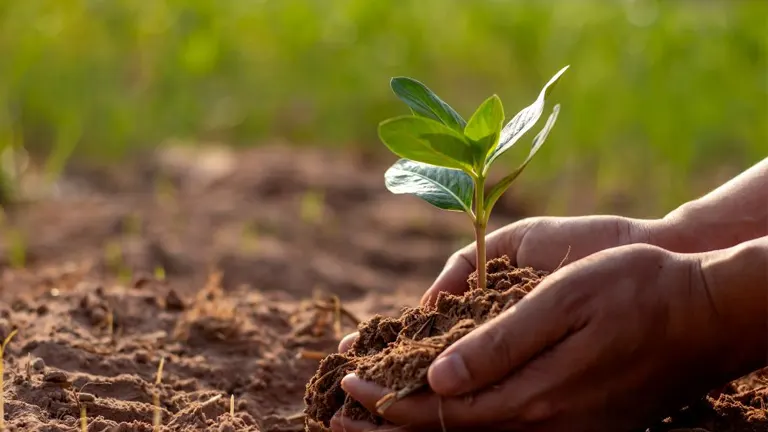
Following a clear and comprehensive planting guide can help prevent common mistakes that may hinder tree development. By selecting the appropriate location, ensuring optimal soil quality, and using suitable planting methods, you set the stage for the tree to thrive.
Proper maintenance—like mulching, watering, and pruning—during the early years is equally important to ensure a robust root system and structural integrity. This guide, grounded in expert recommendations, provides step-by-step instructions to make tree planting a rewarding and successful endeavor for both novice and experienced gardeners.
Table of Contents:
- Choosing the Right Tree
- Getting Your Tree Ready for Planting
- Digging the Hole
- Planting the Tree
- Mulching
- Staking (If Necessary)
- Watering Your New Tree
- Long-Term Care and Maintenance
Selecting the Best Planting Site
Choosing the optimal site for planting a tree is critical to its survival and growth. Begin by evaluating the soil quality to ensure it supports the tree’s nutritional needs, and verify that there is enough space for both the roots to spread and the canopy to expand. Be mindful of overhead power lines or structures that could interfere with growth. Additionally, assess the water drainage to avoid waterlogging. If you’re planting on public land, secure the necessary permissions and comply with local regulations.
Site Considerations:
- Soil Quality: Ensure the soil type is suitable for tree growth.
- Space Availability: Provide enough room for root and canopy expansion.
- Overhead Obstacles: Avoid power lines or buildings that may interfere.
- Water Drainage: Ensure the site has proper drainage to prevent root rot.
- Permissions: Obtain approval for planting on public property and adhere to local guidelines.
Choosing the Right Tree
Selecting the right tree for your site is crucial for its long-term success. Trees differ in their tolerance to temperature, moisture, light, and soil conditions. The key factors to consider include:
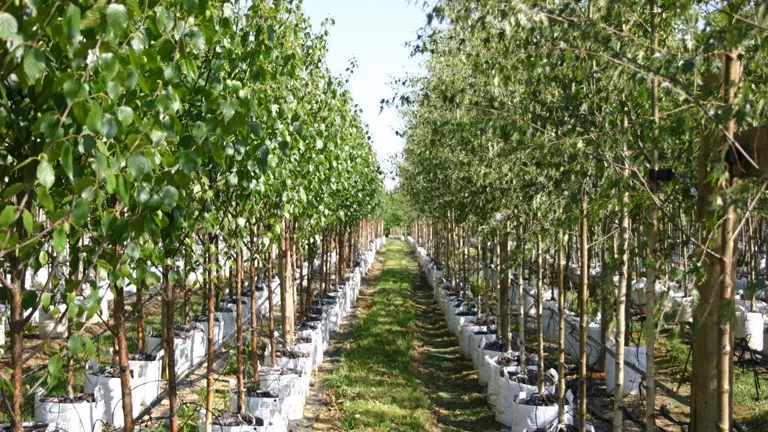
- Temperature (Hardiness Zones): Understand the cold tolerance of your tree species by checking your area’s hardiness zone.
- Moisture: Some trees thrive in wet soil, while others prefer drier conditions.
- Light Needs (Shade Tolerance): Know how much sunlight your tree requires.
- Pests and Diseases: Be aware of the local pests and diseases that can affect your tree species.
- Soil Structure: Consider soil pH, moisture, and depth before choosing your tree.
Getting Your Tree Ready for Planting
Trees come in different forms, such as bare root, containerized, or balled and burlapped. Here are instructions for each type:
| Tree Type | Preparation Method | Time to Prepare | Key Considerations |
|---|---|---|---|
| Bare Root | Keep roots moist, plant ASAP | 1-2 hours | Prevent roots from drying out |
| Containerized | Loosen roots before planting | 30-45 minutes | Ensure roots aren’t root-bound |
| Balled & Burlapped | Keep burlap intact until placed in the hole | 1-2 hours | Handle root ball carefully |
- Bare Root: These trees must be kept moist, but not soaked, before planting. Ensure the roots don’t dry out and plant them as soon as possible.
- Containerized Trees: Loosen the roots before planting, as they can become root-bound in containers.
- Balled and Burlapped: The root ball of these trees is wrapped in burlap and should remain intact until planting.
Digging the Hole
For any tree type, the planting hole should be broad and shallow. It should be two to three times wider than the root ball but no deeper than the root system itself. This allows for proper root spread and avoids sinking of the tree after planting.
- Measure the root ball width.
- Dig the hole 2-3 times wider than the root ball.
- Keep the depth equal to the root ball’s height.
- Create sloping sides in the hole.
- Remove any rocks or debris from the hole.
- Avoid digging too deep, preventing the tree from sinking.
- Loosen soil at the bottom of the hole for better root growth.
- Ensure proper drainage by checking the water absorption rate.
Planting the Tree
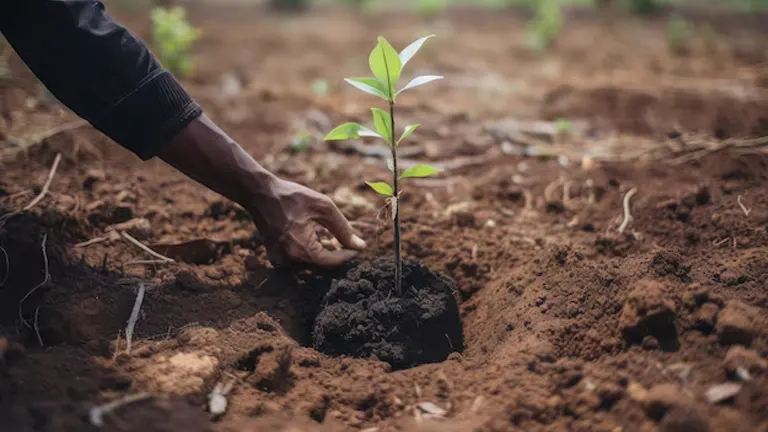
| Planting Step | Estimated Time | Key Details |
|---|---|---|
| Positioning the Tree | 10-15 minutes | Ensure root ball is level with the ground |
| Backfilling the Hole | 15-20 minutes | Gently pack soil to remove air pockets |
| Watering the Tree | 5-10 minutes | Water thoroughly to settle soil |
| Mulching | 10 minutes | Apply 2-4 inches, avoiding the trunk |
- Position the Tree: Place the tree in the hole with the top of the root ball level with or slightly above the ground surface.
- Backfill the Hole: Replace the soil carefully, packing it firmly around the roots to remove air pockets but ensuring not to compact it too tightly.
- Water the Tree: Immediately after planting, water the tree thoroughly to settle the soil and provide moisture.
Mulching
Mulching is a crucial step in promoting the health of newly planted trees. Applying a 2-4 inch layer of mulch around the base of the tree helps to conserve moisture, which is vital for root development, especially during dry seasons. The mulch also acts as insulation, regulating the soil temperature by keeping it cooler in summer and warmer in winter. Additionally, it suppresses the growth of weeds that compete with the tree for nutrients and water, making it easier for the tree to establish itself in its early years.
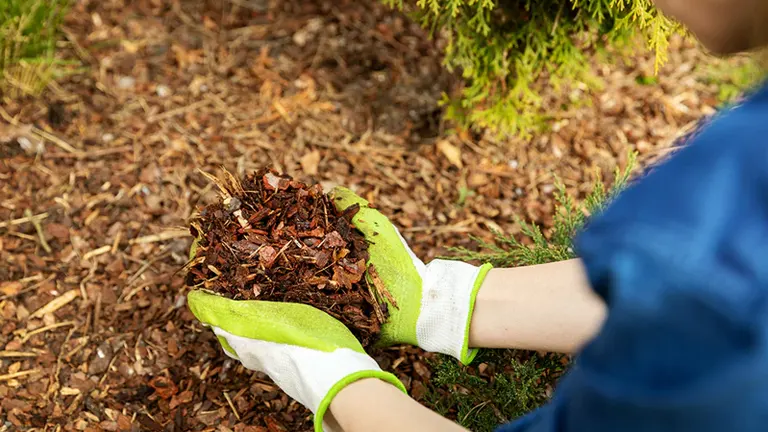
However, it’s essential to avoid piling mulch directly against the tree trunk, a practice sometimes referred to as “volcano mulching.” When mulch is too close to the tree, it can trap moisture against the bark, leading to rot and inviting pests and diseases. To prevent this, create a mulch ring that covers the area around the root zone, keeping a few inches of space clear around the base of the trunk. This will allow for optimal growth conditions without compromising the tree’s health.
Staking (If Necessary)
Staking a newly planted tree can provide the stability it needs during its early growth, particularly if the tree is located in an area with strong winds or loose soil. Staking prevents the tree from leaning or being uprooted by external forces. If stakes are needed, they should be placed on opposite sides of the tree and attached loosely, allowing for some movement. This slight swaying encourages the development of a strong trunk and root system while providing the necessary support to keep the tree upright.
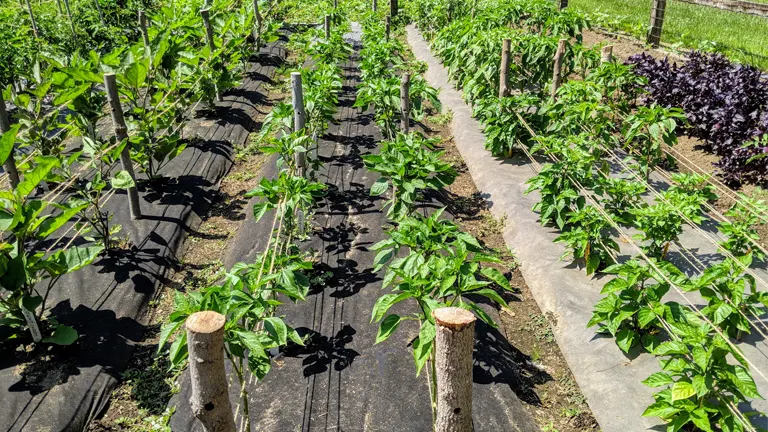
Stakes should be viewed as a temporary measure and removed after the first growing season, or once the tree has developed enough stability to stand on its own. Leaving the stakes in place for too long can restrict growth, cause abrasions to the bark, and lead to weaker development. Regularly check the ties to ensure they aren’t too tight, and always remove the stakes when the tree is strong enough to remain stable without assistance.
Watering Your New Tree
Young trees need consistent watering during their first few years to establish a healthy root system. Water your tree deeply once a week, adjusting depending on rainfall and the tree species.
| Tree Age | Frequency | Amount of Water | Key Considerations |
|---|---|---|---|
| First 2 Weeks | Every day | 1-1.5 gallons per inch of trunk | Keep soil moist, not soggy |
| 3-12 Weeks | Every 2-3 days | Deep watering | Adjust based on rainfall |
| 3-6 Months | Once per week | 10-15 gallons | Encourage deep root growth |
| After 1 Year | Every 2-4 weeks (if dry) | Deep soak once a month | Reduced frequency as tree matures |
Long-Term Care and Maintenance
- Pruning: Prune dead or damaged branches to encourage healthy growth. Avoid excessive pruning during the tree’s first few years.
- Fertilizing: Most young trees don’t need fertilization, but if necessary, use a slow-release fertilizer.
- Pest and Disease Control: Monitor your tree regularly for signs of pest infestation or disease, and take action promptly to manage issues.
Final Thoughts
Tree planting is a fulfilling endeavor that demands thoughtful preparation and precise implementation. Success hinges on selecting a suitable site, choosing the right tree species for your environment, and applying proper planting techniques. By ensuring these steps are followed and maintaining consistent care through mulching, watering, and pruning, you’ll set the foundation for your tree to flourish over the long term. With the right approach, your efforts will contribute to the beauty and health of the environment for years to come.
Frequently Asked Questions (FAQs)
- Why is selecting the right planting site important?
The planting site determines the tree’s ability to thrive. A site with proper soil quality, space for roots and canopy growth, and sufficient drainage ensures the tree’s long-term health. Additionally, overhead obstacles and nearby structures must be considered to prevent future interference. - What factors should I consider when choosing a tree species?
Consider your climate’s hardiness zone, soil type, and light availability. Some trees prefer wetter conditions, while others require well-drained soil. Also, be aware of pests and diseases in your area that could affect the tree’s species. - How should I prepare the planting hole?
Dig a hole that is two to three times wider than the root ball, but not deeper than the root system. A broad hole encourages root expansion, and planting at the correct depth prevents the tree from sinking over time, ensuring it remains stable. - How do I plant a containerized tree?
Loosen the roots before planting to prevent them from becoming root-bound. Place the tree in the hole at the right depth, then backfill with soil, pressing it firmly to remove air pockets while avoiding compacting the soil too much. - How much mulch should I apply?
A 2-4 inch layer of mulch around the base of the tree helps conserve moisture, moderate soil temperature, and reduce weeds. However, ensure the mulch doesn’t touch the trunk, as this can lead to rot. - Do I need to stake my tree after planting?
Staking is generally not necessary unless the tree is in a windy area or has a weak trunk. If staking is required, it should be removed after the first growing season to prevent damaging the tree as it matures. - How often should I water a newly planted tree?
Newly planted trees require regular, deep watering for the first two years to establish strong roots. Water once a week, adjusting for rainfall and the tree species. Ensure the soil remains moist but not waterlogged. - When should I prune my young tree?
Light pruning to remove dead or damaged branches can be done at planting. However, avoid heavy pruning during the first few years, as it can hinder the tree’s development. Pruning should focus on encouraging a strong, healthy structure. - Do newly planted trees need fertilizer?
Most young trees do not require fertilization right away. If necessary, use a slow-release fertilizer, but avoid over-fertilizing, which can lead to excessive growth at the expense of root development. - What are the long-term care needs of a tree?
Long-term care includes regular watering, mulching, and occasional pruning. Monitoring for pests, diseases, and other stresses is essential. With proper care, the tree will continue to grow strong and provide environmental and aesthetic benefits for decades.
We trust this guide has given you the essential steps to effectively plant and nurture trees, helping them thrive for years to come. Have tree planting tips or personal experiences you’d like to share? Join the conversation below to inspire others. Your input can make a difference in fostering a greener planet. Feel free to pass this guide along to friends and family who are passionate about tree planting and environmental conservation.

Jordan Blake
Forestry AuthorJordan Blake is a forestry expert with over 15 years of experience in arboriculture and community education. Passionate about sustainable forest management, Jordan regularly writes for Forestry.com and Tree Care Magazine. Holding certifications in tree health assessments and urban forestry management, Jordan conducts workshops to educate the public on sustainable practices. Jordan has a degree in Environmental Science and enjoys hiking and photography in their free time.

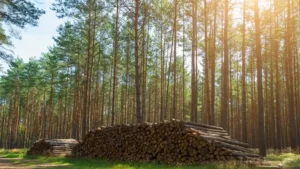

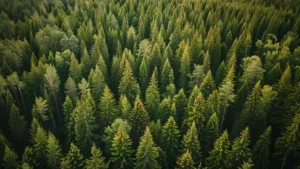






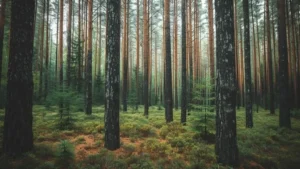
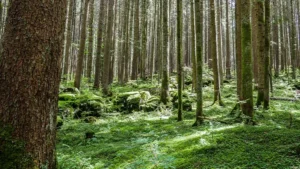
Leave your comment